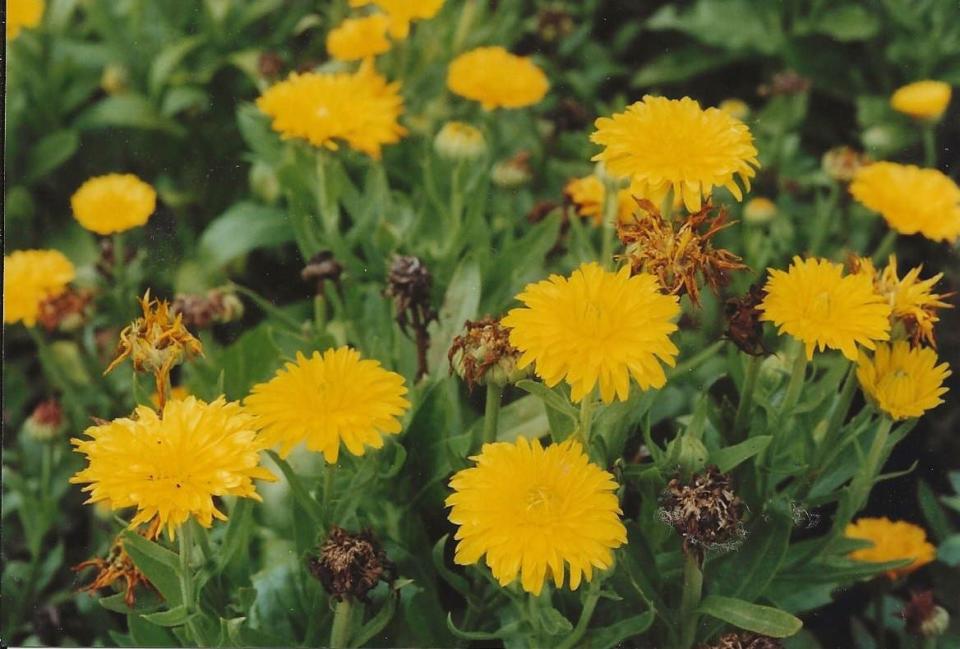It's a shame tea olive isn't used more often. Plant it now for a fragrant autumn
A few decades ago, tea olive trees (often accompanied by azaleas and camellias) were standard landscape components in Central Florida.
Indeed, the species (Osmanthus fragrans) was cherished for its aromatic clusters of white blossoms during the cool season. But this dense, dark-leaved evergreen tree – native from China to Thailand – gradually lost its luster with area gardeners.
Folks: tea olive deserves a resurgence.
Mandarin hat plant This Himalayan shrub is easy to grow and its flowers are irresistible to butterflies
Sometimes called sweet osmanthus, tea olive can grow at least 20 feet tall. But it develops a relatively narrow crown, making it suitable for any size property. And unless it’s cultivated as a shrub, minimal pruning is required.
Because of our poor sandy soil, install plants on organically enriched sites that are deeply mulched with organic matter. Bright filtered light is best. I’ve seen healthy tea olive trees in Miami happily growing in the shade of large Ficus trees.
In other words, as heat and light intensity increase, so should shade. Growth is moderate even under the best conditions, but young specimens can be encouraged by fertilization in late winter or early spring. Propagate with cuttings.
In addition to the species, several varieties are available online. They include a dwarf as well as red, orange and yellow-flowered kinds. One hybrid – Fortune’s Osmanthus – is a favorite in more northerly climes but not a good choice here.
Grow fruiting plants indoors
“Edible Houseplants” by Laurelynn Martin and Byron Martin is an illustrated 160-page manual for cultivating edibles such as coffee, olives, citrus and many others indoors.
For local gardeners who also have access to open-air space, the principles regarding judicious pruning and fertilization are equally helpful. Your containerized specimens can be grown poolside and in screened rooms as well as indoors – all while maintaining them at a manageable size for years.
Why aren't you using these plants? 3 fabulous species that are rarely used - or used wrong
If growing potentially large plants as indoor subjects sounds intimidating, you might already be doing it successfully if your living room is host to Benjamin fig, rubber tree or Norfolk Island pine. Order "Edible Houseplants" by visiting www.Logees.com.
Air plants aren’t parasitic
A homeowner sent me a photo of resurrection fern and asked if the plant was parasitizing his oaks.
Resurrection fern – like many bromeliads, ferns and orchids – are air plants (epiphytes) that simply perch on trees, in no way harming them. Although many people think vines are parasites, they’re not.
Returning to resurrection fern, this three- to six-inch species has the remarkable ability to lose up to 90% of its cell moisture during lengthy droughts but return to full vigor after a refreshing shower. Resurrection fern is native from New York south to Tropical America.
Plant to ponder: Zinnias

Zinnias are heat-loving annuals from Mexico that relish bright light. Blossoms come in several shapes and many colors. Zinnias are propagated by seed.
This article originally appeared on The Ledger: For a wonderfully fragrant autumn, plant tea olive now

